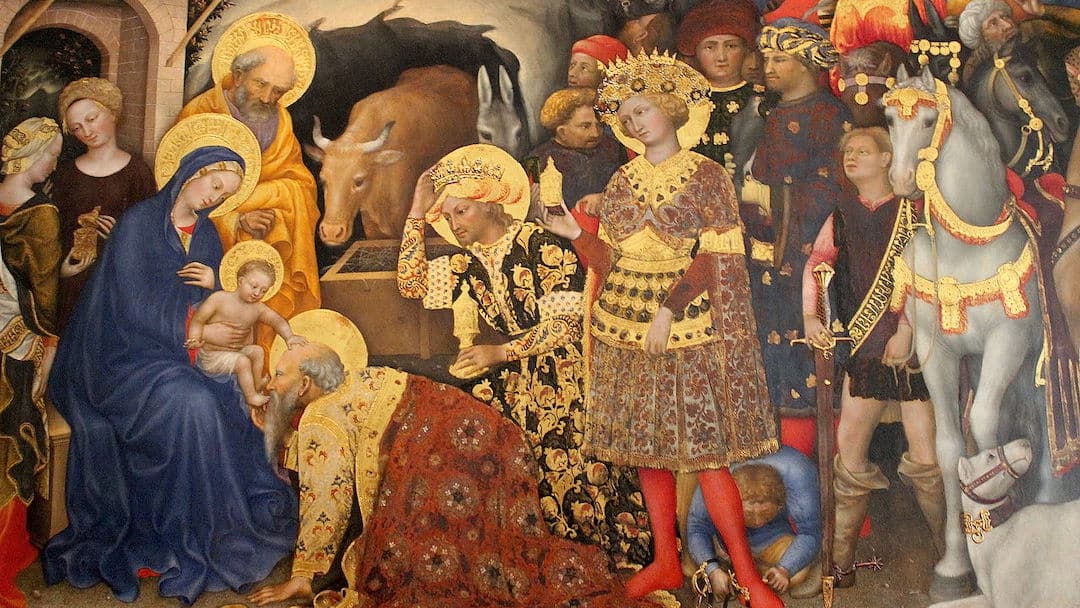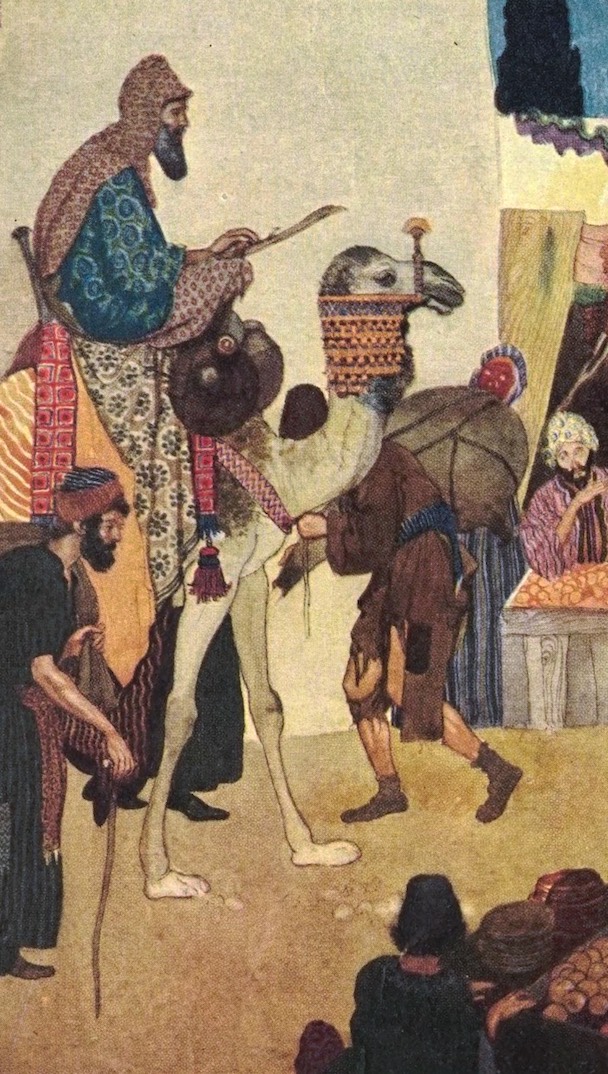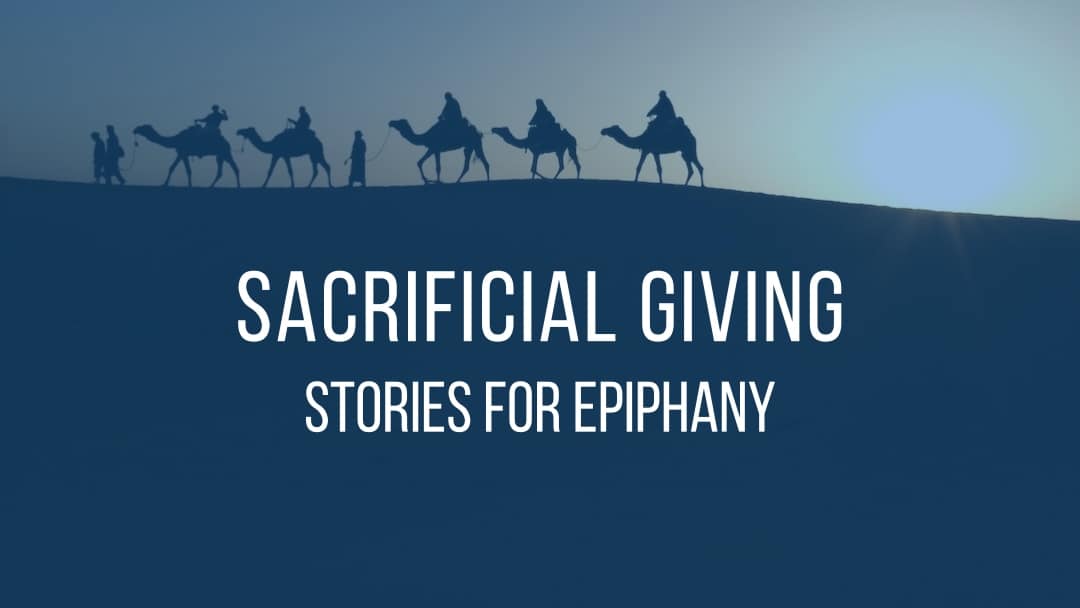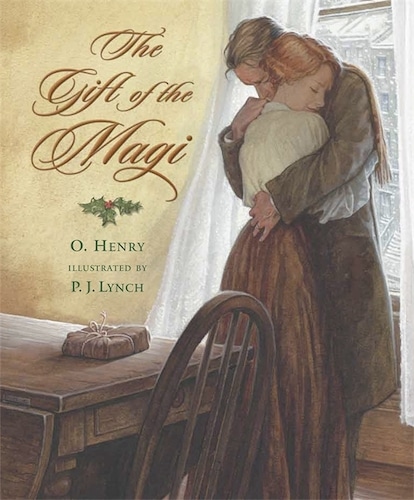The Strain of Time
Time marches forward for all of us, doesn’t it?
There are 365 days in the Gregorian calendar. There are 365 days in the Liturgical calendar. While the respective beginnings and endings of these calendars differ, there is a tug-o-war that ensues between our religious and secular schedules.
The first quarter of the calendar year is one that my family strains through as we tidy up financial records from the previous one, coalesce spreadsheets, work through our tax packet, map out Spring Break plans with family, and organize summer travel and childrens’ schedules. For some reason, each year gets increasingly difficult rather than easier.
A Season for Spiritual Reflection & Rest
At the same time, we are cognizant of the milestones of the liturgical season. The New Year brings with it the close of Christmastide, the beginning of the Epiphanytide, and anticipates the launch of Lent on Ash Wednesday. While we look forward to the triumphant celebration of Easter, we recognize the importance of resting in the current moment.
The Speed of Pastoral Ministry
As pastors, we often don’t get to rest in any one season. The time of contemplative longing in Advent and the restful rejoicing in Christmastide are, for many of us, at best, a glimpse at the fading scenery, like passengers on a journey through time. At worst, we are too busy driving the train forward to see anything of significance but the tracks ahead and the destination to which they lead, one that is often unknown to us. For me, this past season of Advent and Christmastide came and went with a numbing speed. The older I get, the more I want things to slow down: days, seasons, inflation, cars! Sometimes, I’d even like to put the vehicle in reverse so I can better see what we’ve flown past.
How about you?
Take Epiphany, for example.
The Season of Epiphany is More than One Day
We are in the season of Epiphany. Were you aware of that? Epiphany for many of us is like that quick stop at the roadside attraction on our way to the Grand Canyon. Many of us give Epiphany a quick look and then we are off to Ash Wednesday as fast as the speed limit will allow.
I had the privilege of being with a friend the Friday before the day of Epiphany. He shared with me that his traditional Mexican family would celebrate Día de Los Reyes (Three Kings Day) with a Roscón de Reyes (Kings’ Cake). Some of you may very well know the tradition begun in Spain to celebrate the arrival of the Magi from the East as told in Matthew 2. In my friend’s tradition, not one, but several baby Jesuses are hidden in the cake. If you are one of the lucky ones to find a baby Jesus in your slice, you get the privilege of providing tamales for everyone on February 2, Candlemas. (A number of baby Jesuses lessens the burden on anyone making so many tamales!)
Few of us within the Protestant tradition in North America are aware of Candlemas. It is traditionally the full close of the Christmas and Epiphany cycles. It celebrates the day of Jesus’ presentation in the temple and Mary’s purification according to the law in Leviticus 12, 40 days after Jesus’ birth and 32 days after his circumcision.

A Longer Rest
Now, I don’t want you to have to stop what you are doing, but I would like to ask you to rest a bit more in the season in which we find ourselves and maybe take a moment to reconsider Matthew’s story about the wise guys before getting back in the car and lead-footing it to Easter.
Epiphany means “to appear.” It marks the significant revelation of God’s son to the magicians from the East and the larger gift of God’s presence to humanity. In everyday speech we refer to an epiphany as something revealed to us which before lay hidden. So, let’s relish this epiphany a little longer!
Two Short Stories for Reflection in the Season of Epiphany
As you probably are aware by now, we at TPW love stories. We have a couple of stories that we’d like to recommend to you as a means of slowing down during this season and taking in the scenery of Epiphany. They aren’t fancy new stories by the coolest and hottest authors on the writers circuit, but they are classics, in many respects, that give us something thoughtful to chew on. To some of you they may be quite familiar and for others brand new. Both stories get at the heart of giving to the King born in Bethlehem and to what it means to have God revealed to us.
The Gift of the Magi by O. Henry
O. Henry was the pen name of William Sydney Porter (1862-1910). Porter moved to New York City in 1902 and wrote a prolific number of short stories in the remaining eight years of his life.
“The Gift of the Magi” was published in 1905. The story is about a young couple named Della and Jim who find themselves in financially hard times during the Christmas season. Della has $1.87 that she has saved up to buy Jim a present, but it is far short of the amount she needs to purchase the “perfect” gift. Della has something of value, though⸺her hair. She has it cut and sold for $20 in order to buy a platinum fob chain for Jim’s prized possession, a gold pocket watch once owned by his father and grandfather. The chain will replace the ratty leather rope he now uses to attach it to his belt.
Jim has particular ideas for Della’s present that will cost him something dear and leave them both befuddled, but feeling blessed, when they present their gifts to one another. He sells his pocket watch to purchase a set of tortoise shell combs for his beloved wife whose knee-length tresses are precious to her.
O. Henry, known for a playful literary twist, describes the day of their gifting. A set of combs for a lady whose hair is now cut and a platinum chain for a gentleman who no longer has a watch to attach to it. Suffice it to say, their gifts to one another require a rather naïve selflessness to which O. Henry remarks, “Of all who give and receive gifts, such as they are the wisest. Everywhere they are the wisest. They are the magi.”
This story provides a sweet reflection on selflessness and sacrifice for the sake of another.
The Other Wise Man by Henry Van Dyke
Van Dyke (1852-1933) was a Presbyterian minister and a friend and classmate of President Woodrow Wilson. He had a successful career as a professor of English Literature at Princeton University. In addition to his academic career, he also served as an ambassador to the Netherlands and Luxembourg. While not quite as prolific as his contemporary,

Illustration by John Flanagan from The Story of the Other Wise Man.
O. Henry, he wrote his fair share of short stories. He famously penned “The First Christmas Tree,” a short story about Winfrid of England (St. Boniface), the Apostle to the Germans (680-754) who chopped down the Thunder Oak of Thor and took a young fir tree to represent “the tree of the Christ-child,” in its pointing to the sky.
The Story of the Other Wise Man was published in 1895. It is about a Zoroastrian priest named Artaban who has seen the star of Bethlehem. He longs to seek the king. He embarks upon a journey from his home in northwestern Persia determined to meet fellow magi who also pursue the star. He is to encounter them and their well-prepared entourage on the edge of the desert. He takes with him three gifts: a sapphire, ruby, and pearl to present to the king.
His journey to see Jesus is waylaid three times over a span of three decades. Each time, he is faced with a dilemma, to use one of his gifts for the sake of a suffering humanity or reserve it for the king. He chooses humanity.
The healing of a dying Hebrew man in Babylon requires the exchange of his sapphire. The delay causes him to miss his rendezvous with the other wise men.
A young mother of Bethlehem whose child faces slaughter by Herod’s men requires him to bribe a soldier with his ruby to save the child. He has missed the holy family and pursues them to Egypt.
After thirty-three years of fruitless search, he travels to Jerusalem and arrives on the day of Jesus’ crucifixion. He hopes that his pearl might free the king from execution, but he encounters a slave girl from his own tribe and tongue. The freedom of a Parthian slave girl costs him his pearl.
He then experiences the earthquake initiated by Jesus’ death. The shaking knocks a roof tile loose that fatally wounds Artaban. He is painfully aware that he has given away his last present for the king. His quest to see him has failed. In his dying moment, he hears a voice from heaven say, “Inasmuch as thou hast done it unto one of the least of these my brethren, thou hast done it unto me.” Van Dyke writes of this experience,
A calm radiance of wonder and joy lighted the pale face of Artaban like the first ray of dawn on a snowy mountain-peak. One long, last breath of relief exhaled gently from his lips. His journey was ended. His treasures were accepted. The Other Wise Man had found the king.
This story provides a biblically trenchant observation on gift giving. It reveals a God whose epiphany comes to us in the face of the hungry, the thirsty, the stranger, the naked, the sick, and the imprisoned.

Scott Bullock is a Board Member and Contributor with The Pastors Workshop. He is an ordained Presbyterian minister who has served churches in Illinois, New Jersey, and California. He holds an MA in New Testament Studies from Wheaton College, an MDiv from Fuller Theological Seminary, and a ThM in New Testament from Princeton Theological Seminary. Scott is married with three teen-aged children.
Read the stories
The Gift of the Magi
by O. Henry, illustrated by P. J. Lynch
O. Henry’s classic story of sacrificial giving, accompanied by beautiful illustrations (free Kindle version also available).
The Story of the Other Wise Man in Home for Christmas
by Henry van Dyke
Because van Dyke’s story is also in the public domain, electronic versions (including some with beautiful illustrations) are freely available online. Home for Christmas: Stories for Young and Old offers The Story of the Other Wise Man along with several other stories by notable authors including Madeline L’Engle, Pearl S. Buck, and Ruth Sawyer.
As a bonus, if you purchase one of the books above, you help support The Pastor’s Workshop at no extra cost to you. As an Amazon affiliate, TPW receives a small comission from purchases through these links.
Don’t Miss
The Latest From Our Blog
New Site Launches Tomorrow!
Watch this Space! Tomorrow (May 29) is the official launch of the new The Pastor's Workshop site! Return to this blog tomorrow morning for a post highlighting the new features and explaining how subscribers can get on and start using the site! Here are some new...
How You Can Prep for Pentecost
This was originally posted on May 12, 2016 on https://huffpost.com Pentecost Came Like Wildfire I'm lying on an ice pack early this morning, doing my back exercises and listening to Pray as You Go, a tool for meditation, with monastery bells, music, and a Bible...
Sacred Spaces: the Church Forests of Ethiopia
Let's Go to Ethiopia! Here’s a fun exercise with a spiritual payoff. Go to Google Maps and view aerial images of the South Gondar zone of Ethiopia. Use this button:When the page loads, you'll see a light brown countryside, mostly farmland. There are thin lines of dark...






